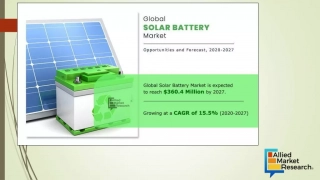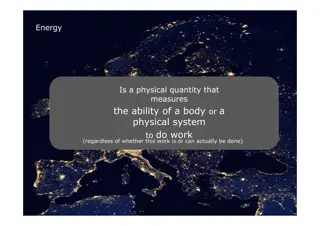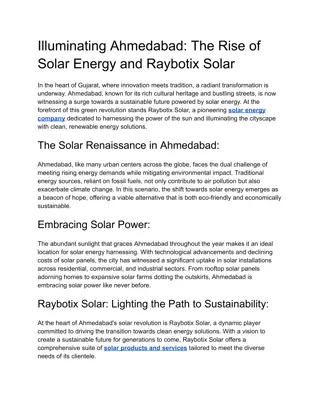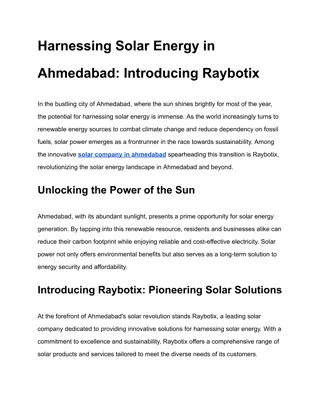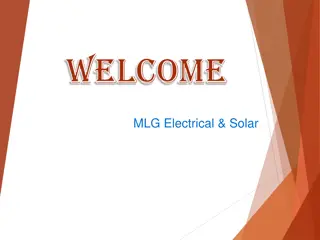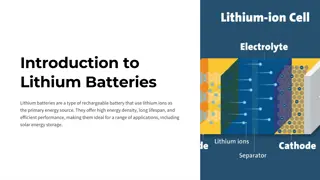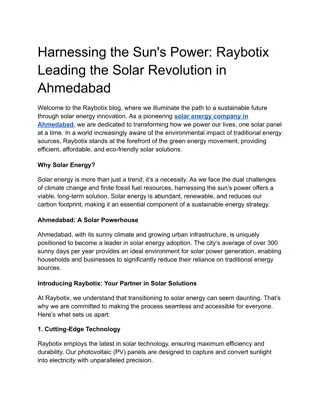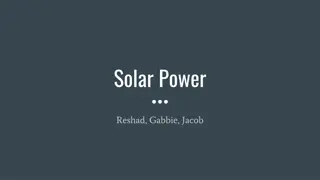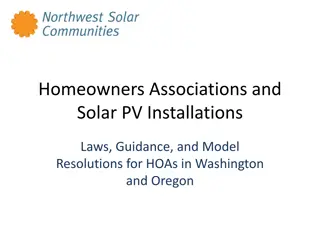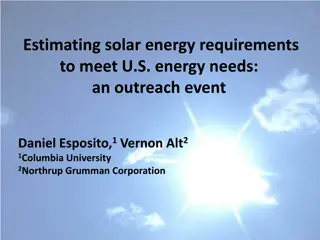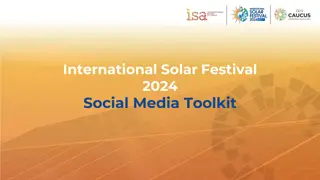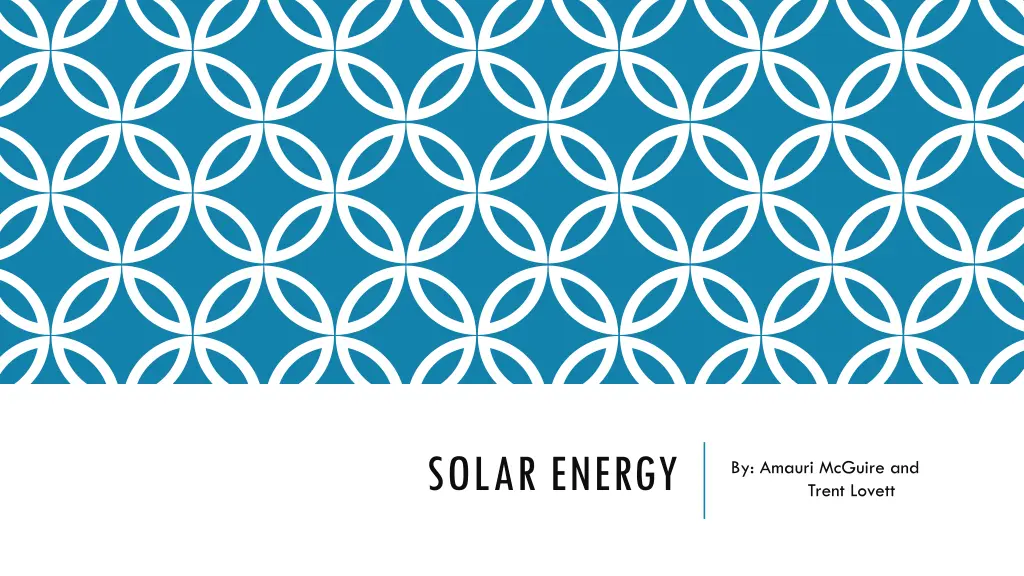
Harnessing Solar Energy: Photovoltaic Cells and Solar Water Heating
Discover the benefits of photovoltaic solar energy and solar water heating systems, how they work, and their advantages and disadvantages. Explore the uses of solar energy in today's world, including both passive and active applications, and learn about the impact of solar power on the environment and cost savings.
Download Presentation

Please find below an Image/Link to download the presentation.
The content on the website is provided AS IS for your information and personal use only. It may not be sold, licensed, or shared on other websites without obtaining consent from the author. If you encounter any issues during the download, it is possible that the publisher has removed the file from their server.
You are allowed to download the files provided on this website for personal or commercial use, subject to the condition that they are used lawfully. All files are the property of their respective owners.
The content on the website is provided AS IS for your information and personal use only. It may not be sold, licensed, or shared on other websites without obtaining consent from the author.
E N D
Presentation Transcript
SOLAR ENERGY By: Amauri McGuire and Trent Lovett
WHAT IS PHOTOVOLTAIC SOLAR ENERGY Photovoltaic energy is the product of sunlight being transferred into electricity. Solar panels use photovoltaic energy Is a popular alternative to other fuel sources.
WHAT IS A SOLAR WATER HEATER A solar water heater is quite simple. You re using the sun s energy to heat a solar panel collector full of solar fluids( or water, depending on which type of system you install), which then transfers that heat9 or hot water0 into your homes hot water tank. A solar water heater is one of the most effective ways of cutting a household s carbon footprint by reducing reliance on dirty fossil fuel usage. By offsetting the use of electricity, gas or hot oil, using solar heaters can also provide financial savings by reducing energy use
HOW IT WORKS/ WHAT ITS USED FOR Photovoltaic energy is the product of light energy hitting solar cells, knocking atoms in semiconductor materials loose. If electrical conductors are connected t the photovoltaic cells, it creates an electrical current. Used for ventilation, heating homes/water, and even powering homes in general (battery charging, lighting, cooking, etc.) Solar water heating systems usually are used for Circulation System in homes. Direct systems circulate water through solar collectors where it is heated by the sun. The heated water is then stored in a tank, sent to a water heater , or used directly. These systems are preferable in climates where it does not get overwhelmingly cold.
ADVANTAGES AND DISADVANTAGES Advantages: Disadvantages: Runs on renewable energy source High initial cost Lower ultimate cost Complicated installation Suitable for most climates and areas High maintenance cost that get an abundance of sunlight Non-polluting
HOW IT IS USED TODAY Passive Use: It is an easy, inexpensive way to heat water, without using electricity. Active Use: In some instances it also creates a non-polluting way to heat water to power generators by heating water, creating steam that then turns a turbine that powers a generator, creating electricity
ENVIRONMENTAL COST The only real environmental impact is the usage of land and water Clears huge plots of land to build solar panel farms.
IS THIS TECHNOLOGY WIDELY ACCEPTED? Many view solar power as an efficient alternative power source. The only problem is getting solar panels in enough places for everyone to have power. Nobody is really against solar power, except maybe oil and coal companies. (BC it suggests an alternative to these power sources.)
DO THE COSTS OF THIS TECHNOLOGY MAKE IT PROHIBITIVE FOR COMMON USE? Solar panels can cost anywhere between $1,000-11,000 Cost $4 per watt The initial cost is worse than the regular cost. Solar water heaters cost anywhere between $8,000 to $10,000, some are less than that though, ranging around $1,000 In all, well off people should be able to pay for, and maintain solar energy. Creates problems for lower class people who cannot pay for solar energy regularly.

